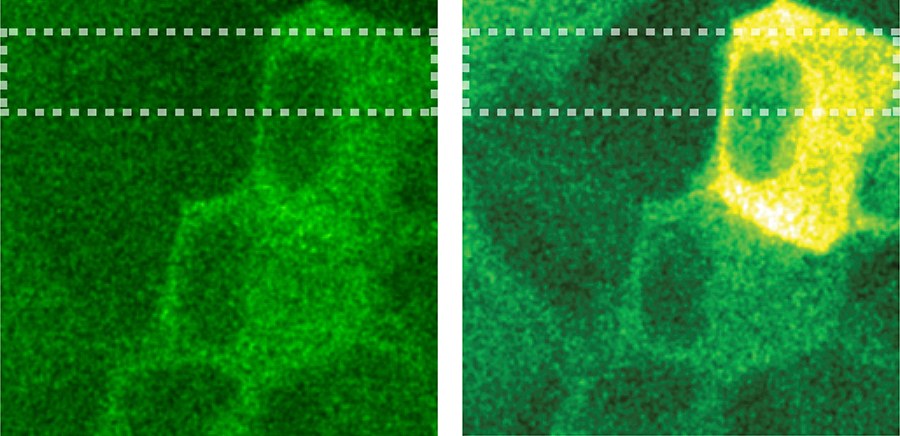Light-controlled surfaces were used to investigate how the topography of extracellular environment – meaning the lumps and bumps of the surface beneath the cells – and the dynamic changes occurring therein affect cell growth, movement and physiology. The findings may one day have important implications, for example, for cancer research. The scientific article on the research Azobenzene-based sinusoidal surface topography drives focal adhesion confinement and guides collective migration of epithelial cells has been published in Nature. Read more…
Our research on azobenzene-based surface topography to guide cell confinement and migration has been published in Nature.

Our group members Chiara Fedele, Mari Isomäki, and Arri Priimägi in collaboration with the groups of Teemu Ihalainen (Cellular Biophysics group) and Soile Nymark (Biophysics of the Eye group) at Tampere University have established that light can be used to control cellular behaviour by light induced surface topography changes.
